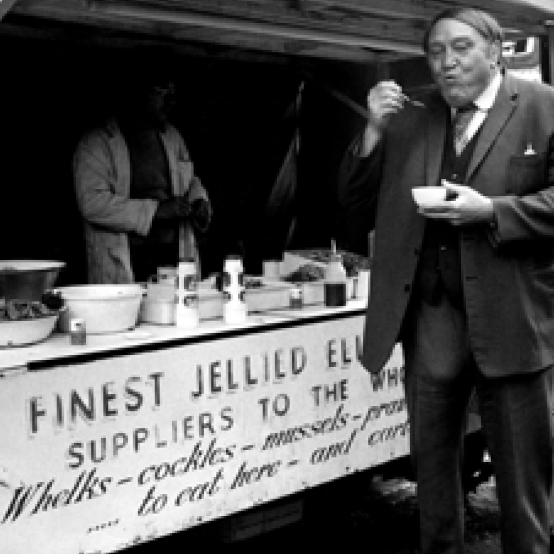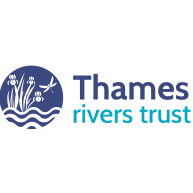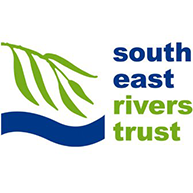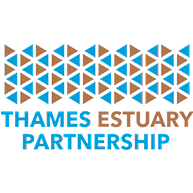Interesting facts about the European eel

The 1086 Domesday Book records eels used as currency, to pay rent and taxes
The payment of rent and taxes in this way continued for another 500 years. This shows there used to be plenty of eels. Records in the Domesday Book show there were at least 56 locations where rents were paid in eels in the Thames catchment.
Interesting facts about the Thames catchment
Thames Catchment Community Eels Project completed in March 2022, for more information please contact us

The Thames Catchment Community Eels Project is funded by the government’s Green Recovery Challenge Fund. The fund is being delivered by the National Lottery Heritage Fund in partnership with the Environment Agency and Natural England.












